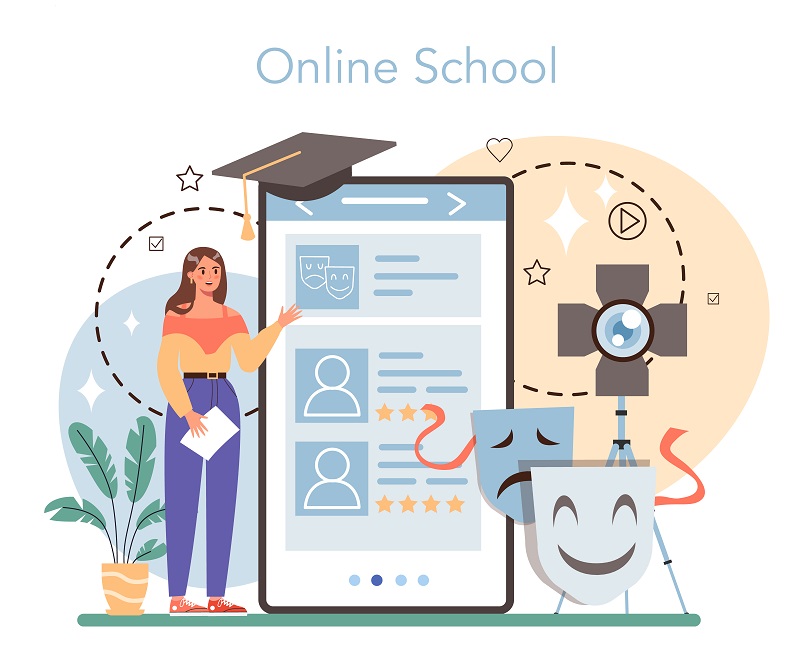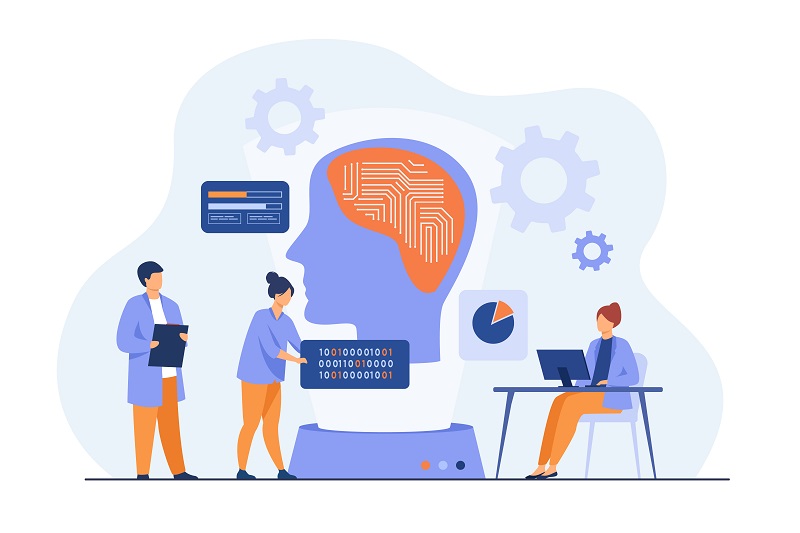Embracing AI in language education and addressing misconceptions
Table of Contents
- Introduction
- The Power of Generative AI in Language Learning
- AI in Language Education: An Interview with Alex Cotonat
- Strategies for Implementing Generative AI in Language Education 4.1. Start Small 4.2. Prioritize Professional Development 4.3. Engage Students in the Process 4.4. Collaborate with AI Experts and Researchers 4.5. Monitor Progress and Evaluate Outcomes
- Conclusion
1. Introduction
Artificial intelligence (AI) is transforming various industries, and education is no exception. With advances in generative AI, language learning has the potential to become more personalized, efficient, and engaging. This article explores the impact of generative AI on language education, featuring an interview with Alex Cotonat, President of Vamos Academy International. We will also discuss strategies for implementing generative AI in language education.
2. The Power of Generative AI in Language Learning
Generative AI, powered by advanced algorithms like GPT-4, can create human-like text, making it an invaluable tool for language learning. AI-driven applications can provide personalized feedback, generate exercises, and create realistic conversational scenarios for language practice (Wang et al., 2019).
Research has shown the potential of AI to improve language learning outcomes. In a study by Chiang et al. (2020), students using AI-based language tools demonstrated greater improvement in their writing skills compared to those without AI support.
3. AI in Language Education: An Interview with Alex Cotonat
Alex Cotonat, President of Vamos Academy International, shared his thoughts on the impact of AI in language education. He believes that AI can greatly enhance the learning experience, making it more interactive and personalized. “AI has the potential to revolutionize how we teach and learn languages. By providing real-time feedback and tailored learning experiences, students can progress more quickly and confidently,” said Cotonat.
He also emphasized the importance of a balanced approach, combining AI with traditional teaching methods: “While AI can provide incredible support, it should not replace human teachers. The ideal scenario is one where AI and human educators work together to create a comprehensive and effective learning experience.”
4. Strategies for Implementing Generative AI in Language Education


To harness the full potential of generative AI in language education, schools like Vamos Academy can adopt the following strategies:
4.1. Start Small
Begin with a pilot program, testing AI tools on a small scale before gradually expanding their use throughout the institution. This approach allows schools to assess the effectiveness of the tools and address any issues that may arise. Kirschner and Neelen (2018) recommend this strategy for successfully implementing innovative educational practices.
4.2. Prioritize Professional Development
Offer professional development opportunities for educators to help them understand and utilize AI tools effectively. Research by Ertmer and Ottenbreit-Leftwich (2013) and Rich et al. (2019) has shown the importance of professional development in the successful integration of technology into teaching practices.
4.3. Engage Students in the Process
Involve students in the implementation of AI, gathering their feedback and addressing their concerns. This will help to create a sense of ownership and foster a positive learning environment. By actively involving students in the decision-making process, schools can ensure that the AI tools and approaches adopted are genuinely relevant and effective in addressing their learning needs (Bower et al., 2019).
4.4. Collaborate with AI Experts and Researchers
Establish partnerships with AI experts, researchers, and developers to ensure that the adopted tools are up-to-date and aligned with the latest research findings. Collaborating with professionals in the field can help schools make informed decisions and optimize the integration of AI in language education (Hernández-Orallo et al., 2020).
4.5. Monitor Progress and Evaluate Outcomes
Regularly assess the impact of AI on student learning outcomes and teaching practices. By continuously monitoring and evaluating the effectiveness of AI in language education, schools can make necessary adjustments to their implementation strategies and ensure the best possible outcomes for their students (Ifenthaler & Widanapathirana, 2014).
In summary:
The integration of generative AI tools in language education has the potential to revolutionize the way students learn and interact with language. By leveraging the power of AI, language educators can create more personalized and engaging learning experiences for their students, while also optimizing their own teaching practices. However, successful implementation of AI in language education requires careful planning, professional development, and ongoing evaluation. By adopting the strategies outlined in this article, schools like Vamos Academy can unlock the full potential of AI in language education, providing their students with the tools they need to thrive in today’s rapidly evolving world.
Generative AI has immense potential to revolutionize language education, offering personalized learning experiences, efficient assessment, and expanded resources for educators. It is essential to address misconceptions and obstacles, such as fears of AI replacing teachers, data privacy concerns, and the learning curve for educators. By starting small, prioritizing professional development, engaging students, and collaborating with AI providers and experts, schools like Vamos Academy in Malaga, Argentina and their Online Language Programs department can harness the power of generative AI to transform language learning for the better.
References:
- Chen, C., Hsieh, S., Wu, M., & Marek, M. W. (2020). Automated essay scoring using machine learning algorithms in English language learning settings. Educational Technology Research and Development, 68(6), 3235-3256.
- Ertmer, P. A., & Ottenbreit-Leftwich, A. T. (2013). Removing obstacles to the pedagogical changes required by Jonassen’s vision of authentic technology-enabled learning. Computers & Education, 64, 175-182.
- Ifenthaler, D., & Widanapathirana, C. (2014). Development and validation of a learning analytics framework: Two case studies using support vector machines. Technology, Knowledge and Learning, 19(1-2), 221-240.
- Kirschner, P. A., & Neelen, M. (2018). The nuts and bolts of innovative education: A design approach to scaling educational change. Journal of Applied Research in Higher Education, 10(3), 278-293.
- Knewton. (2016). The impact of Knewton’s adaptive learning on student outcomes. Knewton.
- Rich, P. J., Jones, B., Belikov, O., Yoshikawa, E., & Perkins, M. (2019). Computing and engineering in elementary school: The effect of year-long training on elementary teacher self-efficacy and beliefs about teaching computing and engineering. Computers & Education, 128, 1-16.
- Saad, M., Shams, R., & Ngwenyama, O. K. (2021). Learning analytics in higher education: A systematic review of quantitative studies. Computers & Education, 164, 104104.
- VanLehn, K. (2011). The relative effectiveness of human tutoring, intelligent tutoring systems, and other tutoring systems. Educational Psychologist, 46(4), 197-221.
- Zeide, E. (2017). The structural consequences of big data-driven education. Big Data, 5(2), 164-172.




